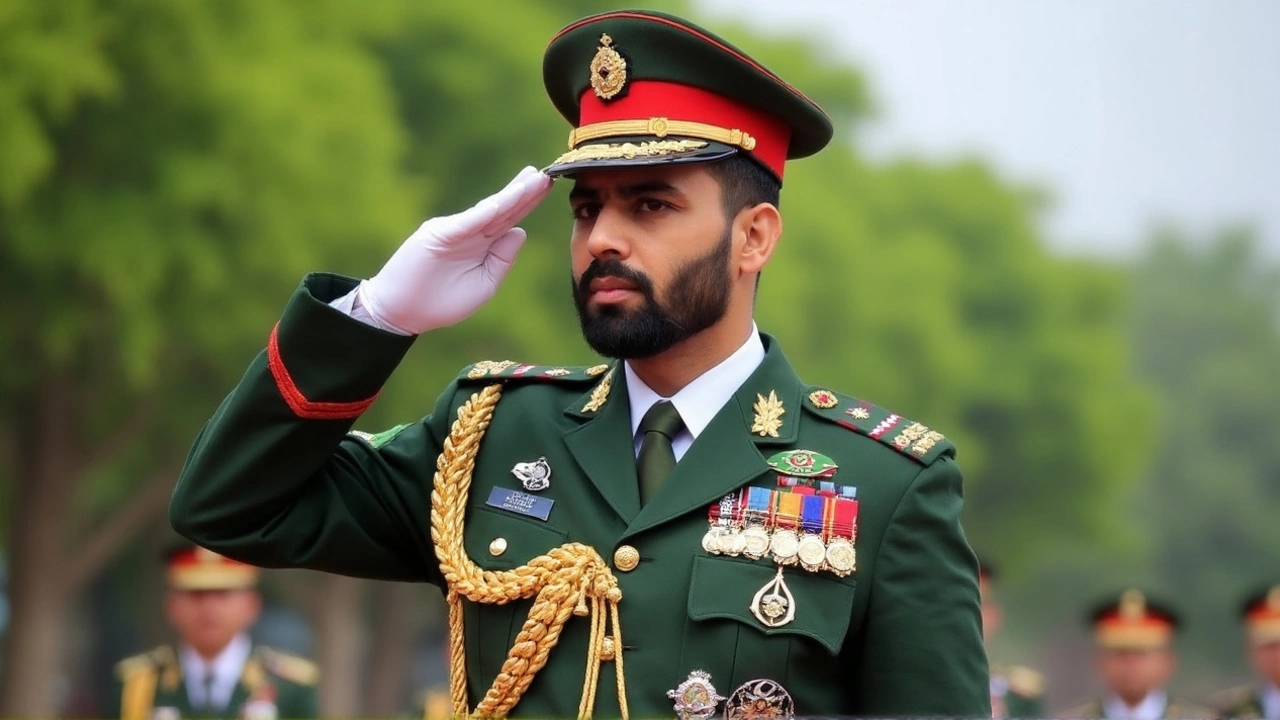Pakistan Military: Latest News, Analysis and What It Means for You
Looking for straight‑forward updates on the Pakistan military? You’ve landed in the right spot. We bring you the most recent headlines, easy‑to‑understand analysis and practical takeaways, all without the jargon. Whether you follow regional security for business, study, or just curiosity, this guide gives you the facts you need right now.
The Pakistan Armed Forces consist of the Army, Navy and Air Force, each playing a big role in the country’s politics and economy. Over the past year, they’ve been in the news for everything from new equipment purchases to joint drills with neighboring nations. Keeping tabs on these moves helps you gauge the security climate that can affect trade routes, investment decisions and even tech start‑ups that rely on stable supply chains.
Why the Pakistan Military Matters
First off, the military is a major power broker in Pakistan. Its budget makes up a large chunk of the national spending, and its leaders often have a say in foreign policy. That means changes in defence strategy can ripple through the whole region. For entrepreneurs and investors, a shift in military posture could alter market confidence, affect currency stability, or trigger new regulations for foreign firms.
Second, the Pakistan military is increasingly involved in high‑tech projects. From drone development to cyber‑defence units, they’re pushing for modernisation at a rapid pace. This creates opportunities for local tech firms that can supply software, sensors or data‑analytics services. Knowing which programs are getting funding can point you toward emerging niches.
Key Trends to Watch
1. Modernisation drives. New fighter jets, naval vessels and artillery systems have been ordered in the last 12 months. Watch for procurement announcements because they often come with open tenders for Indian and global vendors.
2. Joint exercises. Pakistan regularly runs drills with China, Saudi Arabia and Turkey. These exercises showcase interoperability and can lead to longer‑term defence contracts, which in turn boost related industries.
3. Cyber and electronic warfare. The cyber‑command is expanding, seeking talent both within the military and from the private sector. Start‑ups that specialize in network security or AI‑based threat detection may find new partnership routes.
4. Regional tensions. Flare‑ups along the Line of Control or incidents in the Arabian Sea affect oil shipment routes. An uptick in tension usually pushes investors to seek safer assets, impacting stock market dynamics and start‑up funding environments.
5. Domestic security operations. Counter‑insurgency missions in the interior continue to shape public perception of the army. Successful operations can boost national morale and stabilize markets, while setbacks may cause volatility.
Staying updated on these trends doesn’t require a defence degree. Follow official press releases, reputable news portals and think‑tank reports. When you spot a pattern—say, a surge in naval procurement—consider how it could affect logistics firms, coastal infrastructure projects or maritime tech start‑ups.
In short, the Pakistan military is more than a fighting force; it’s a driver of economic activity, technology adoption and regional stability. By tracking its moves, you get a clearer picture of the security backdrop that influences business decisions across South Asia. Keep checking this page for fresh updates, and you’ll stay ahead of the curve without wading through endless jargon.
General Asim Munir Named Field Marshal as Pakistan Faces Military and Political Crossroads
General Asim Munir has been promoted to Field Marshal, becoming only the second in Pakistan’s history. The decision comes amid military setbacks and growing India-Pakistan tensions. Critics question the timing and fear it could deepen Pakistan's political instability.


